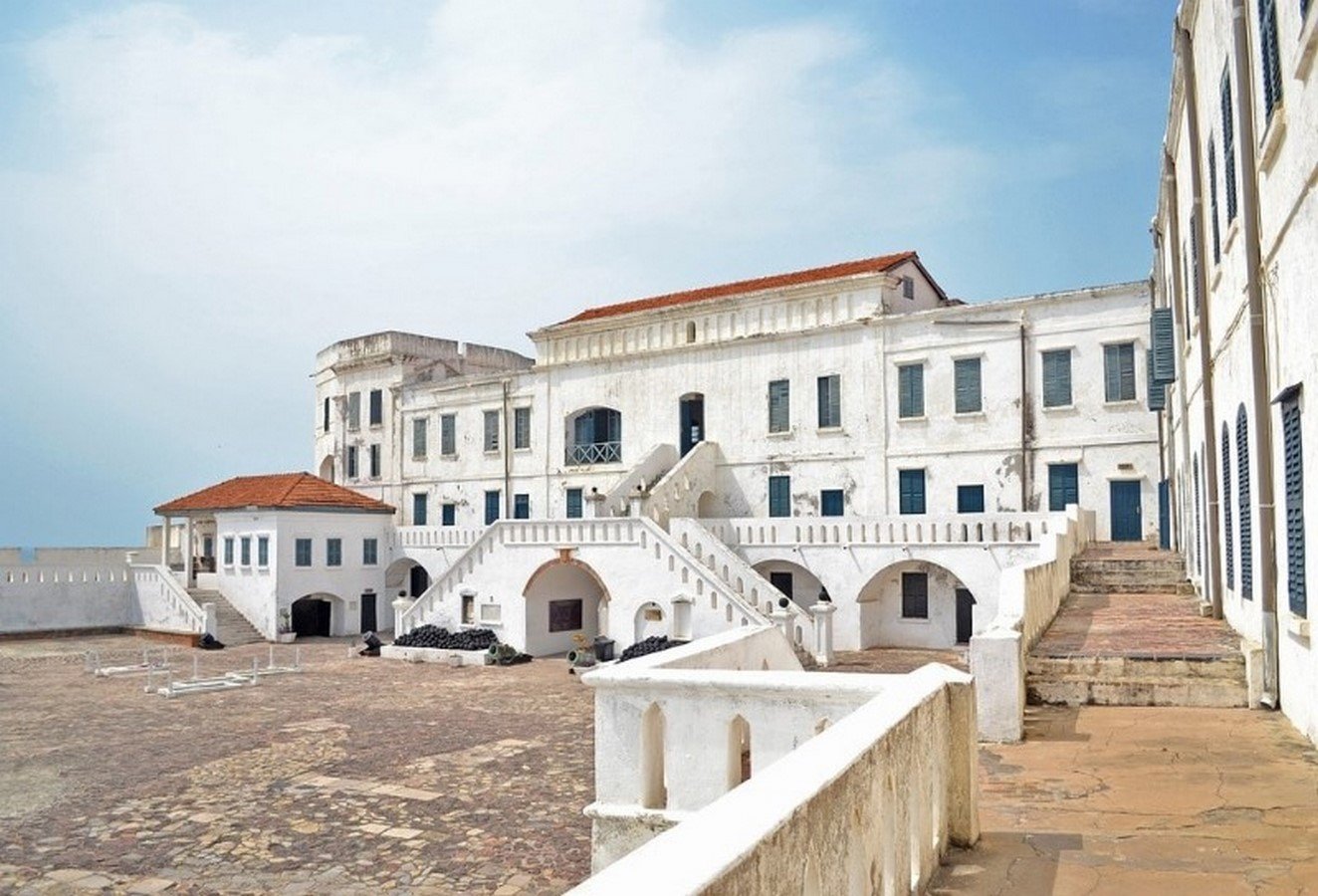At a Glance
- Colonial landmarks boost Africa’s growing cultural tourism economy.
- UNESCO heritage sites spotlight architecture shaped by empire and trade.
- Cities balance preservation challenges with rising visitor demand.
Africa’s colonial era left more than shifting borders. It reshaped cities, carving out districts, quays, and streetscapes that remain central to tourism, heritage preservation, and urban identity.
From the coral-stone houses of Zanzibar’s Stone Town to the Art Deco avenues of Casablanca and the Cape Dutch estates of South Africa’s wine country, these landmarks tell stories of cultural exchange, empire, and resilience.
Today, colonial architecture is not only about memory. It has become an economic asset, drawing travelers, historians, and investors into Africa’s expanding cultural tourism market.
UNESCO World Heritage designations, preservation programs, and heritage tours now spotlight these layered legacies, which continue to define some of the continent’s busiest destinations.
Stone Town (Zanzibar, Tanzania)
Stone Town is a maze of alleys, carved wooden doors, and coral-stone houses shaped by Swahili, Arab, Indian, and European influences. A UNESCO site, it faces both conservation challenges and surging tourist interest. Highlights include the House of Wonders, Forodhani Gardens, and its narrow merchant lanes.

Saint-Louis (Senegal)
Once the capital of French West Africa, Saint-Louis preserves colonial quays, painted timber houses, and a rigid grid plan. Its UNESCO status underscores cultural importance, though many structures require urgent restoration. Visitors often tour the Governor’s Palace and the riverfront.

Cape Town (South Africa)
Cape Town blends Cape Dutch estates in the Winelands with Victorian terraces and Edwardian civic buildings. Its skyline juxtaposes historic gabled churches with a modern financial core. Key stops include Long Street, Company’s Garden, and Stellenbosch.
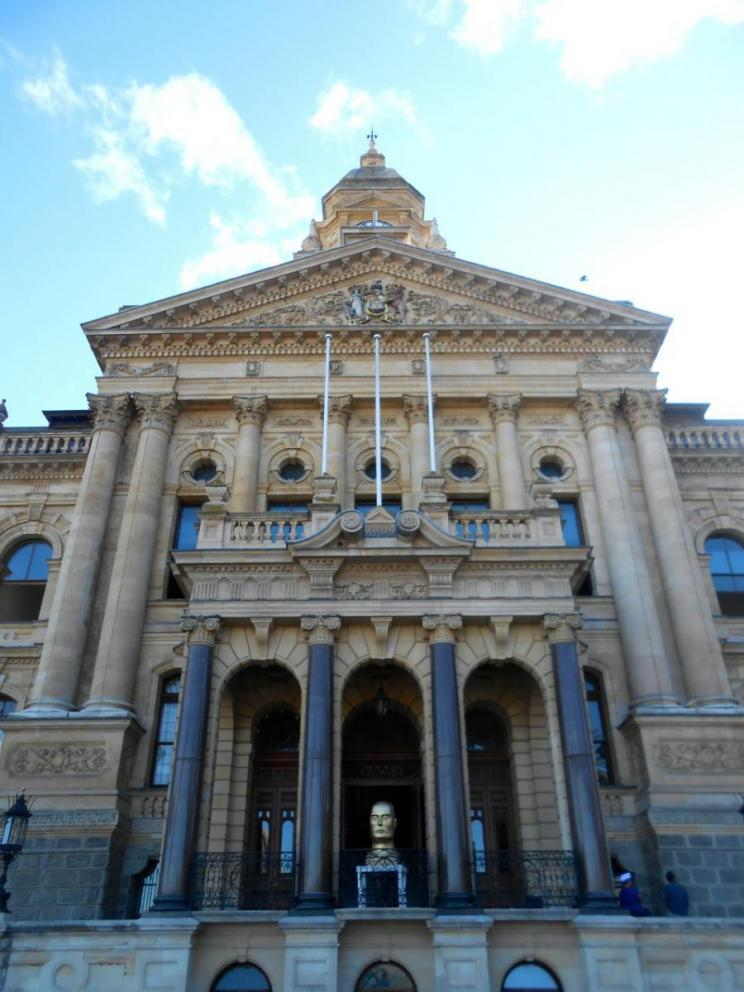
Maputo (Mozambique)
Maputo’s architecture reflects Portuguese colonial design and mid-century modernism. Landmarks include Art Deco cinemas, Neo-Gothic public buildings, and the works of architect Pancho Guedes. The Natural History Museum and Radio Moçambique are part of guided tours.
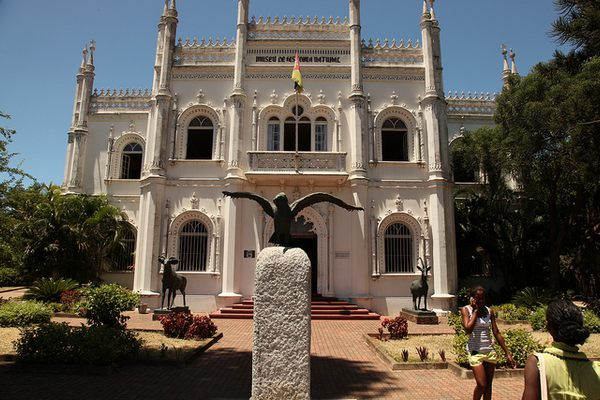
Casablanca (Morocco)
Casablanca’s early 20th-century growth produced Art Deco apartments, Moorish-revival landmarks, and modernist planning. Place Mohammed V and the city’s Art Deco boulevards remain popular with visitors.

Algiers (Algeria)
Algiers features French boulevards and Ottoman foundations. Its hillside neighborhoods, whitewashed casbah, and civic architecture reflect Algeria’s layered past.

Tunis (Tunisia)
Tunis combines its Ottoman medina with French-colonial boulevards. These districts highlight 19th- and 20th-century transformation, central to both heritage tourism and civic identity.
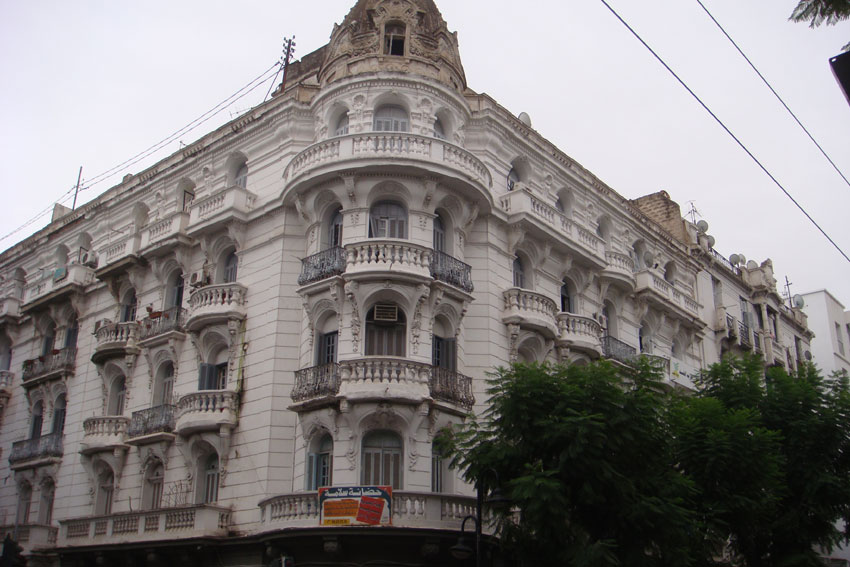
Luanda (Angola)
Luanda retains Portuguese colonial structures and tropical modernist projects. Despite oil-driven development, pockets of tilework, balconies, and civic planning survive in older quarters.
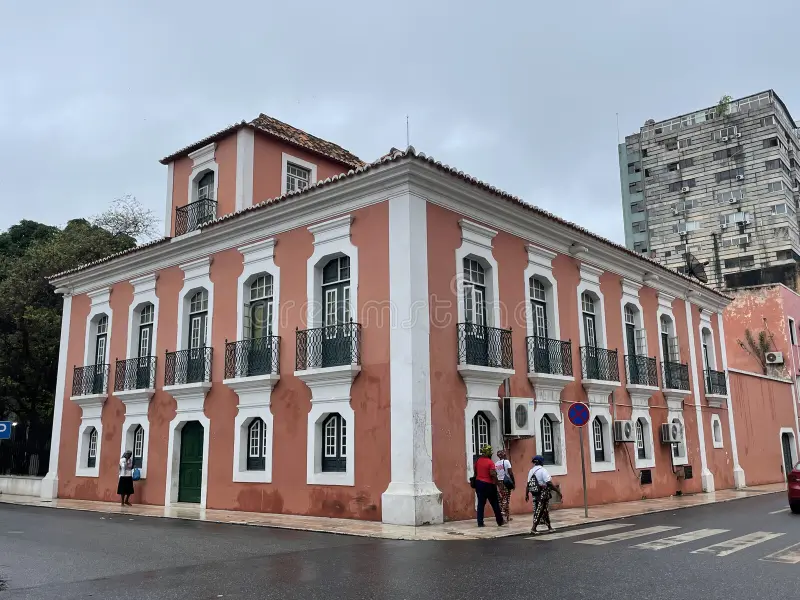
Accra & Cape Coast (Ghana)
Ghana’s colonial heritage is anchored in coastal forts such as Elmina and Cape Coast Castles—sobering reminders of the trans-Atlantic slave trade. These sites, along with Accra’s civic buildings, are central to cultural tourism.
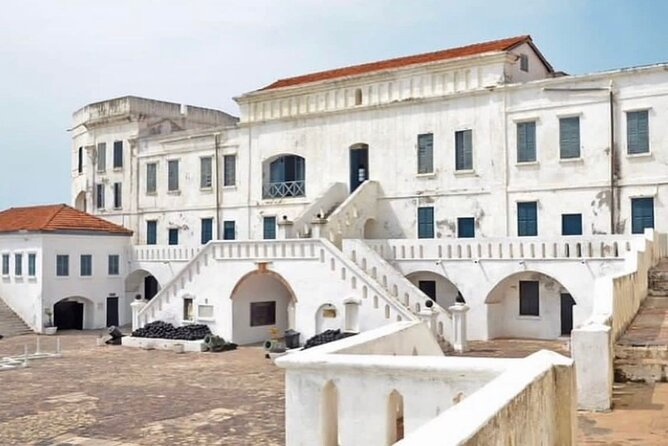
Port Louis (Mauritius)
Port Louis preserves a compact colonial-era core with marketplaces, warehouses, and civic buildings shaped by British and French influences. Its historic port layout remains visible today.


